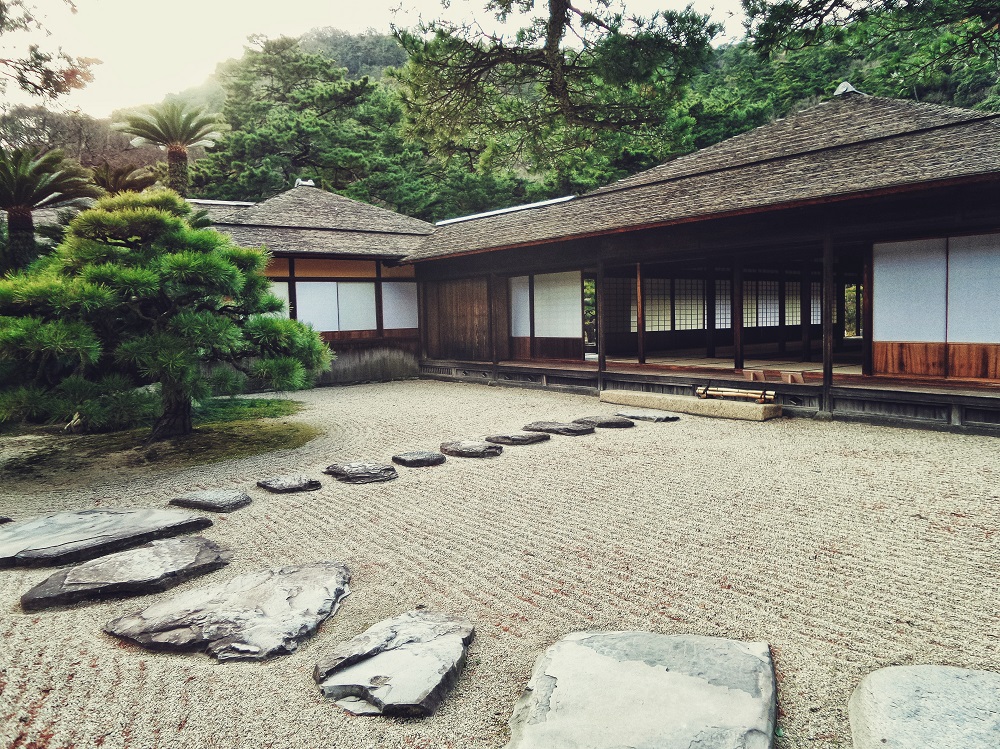Fire can be a force of nature. This is especially true during the summer. The rising temperature could put your home at risk of fire. So choosing the right materials to reduce the risk of house fires is the best precautionary measure.
Materials That Can Help Fireproof Your Home
Building an entirely fireproof home might be impossible, but constructing a house that can slow down the rapid spread of fire is crucial to increase the chances of survival. This way, residents have the time to get out and evade the fire.
The following list comprises different construction materials and their overall durability towards the fire.
1. Decking
Wood decking is the most vulnerable part of the house. A fire can start in the decking because it is prone to catch charcoal fallings or windblown embers from its surroundings.
Wood deckings may be the most affordable option. Still, you should take into consideration its fire resistance grade, which is only Class C. To build safer and a more fire-resistant decking, use Class A–rated composite decking instead.
Composite decking is a good mix of PVC and wood fiber, making it less prone to fire. Other noncombustible solid surface decking options are made from lightweight concrete but may cost more than the usual.
2. Bricks
Using bricks can strengthen your house’s resistance against deadly fires. Bricks may not be the cheapest nor the most efficient choice of material, but they can protect you from fire as they are made through a fire kiln.
In general, a brick wall can guarantee the homeowners with a fire-resistance that can last up to four hours. But the fire-resistance rating will still depend on the thickness of the brick wall and the quality of its installation.
A big catch when using bricks, though, is its ineffectiveness with insulation. You would need additional energy and insulating resources in your home.
3. Drywalls

Construction developers commonly use fire-resistant interior finish made from gypsum boards or more widely known as drywalls. Among many types of gypsum boards, the most resistant would be the Type X drywall. It has fire-resistant layers, gypsum core, and an exterior layer made of gypsum. The Type X drywall is also less combustible because manufacturers treat it with additives. When in contact with fire, its watery core only turns into steam.
Though Type X drywall’s exterior may slow down combustion, it slows down the transfer of heat as well, which can be an issue in homes in areas with a hot climate.
4. Glass
Though they are important in making bright living spaces, windows may still be a fire hazard. They either explode when in direct contact of fire or due to the intense heat of a nearby fire. Installing fire-resistant windows can help avoid such perilous situations. Among fire-resistant windows, consider dual-paned glass windows or tempered glass windows.
Dual-paned glass windows provide twice the protection and time it takes for the fire to break them. Meanwhile, tempered glass windows are effective because they are four times stronger than the average glass.
Making use of A-grade and fire-resistant materials for your home construction might cost you a fortune. Still, this decision comes with a peace of mind, knowing that you or your family be safer against dangers. After all, building a better home is a lifetime investment.


